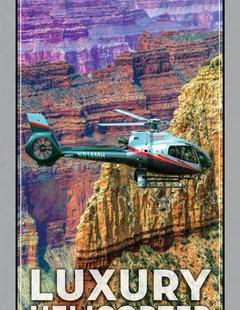None of the Big Island's roads lead to Rome, of course, but the island's best known road, The Saddle Road (Route 200), crosses the valley between Mauna Loa and Mauna Kea leading to Hilo in the east or, at the opposite end of this 55-mile road, to Kailua-Kona and Waimea. At times narrow, often winding and rough, this road passes through a barren stretch of volcanic landscape, almost other-worldly at times, before returning to society.
Starting at the Hilo end, the road winds and dips through green forests for over 20 miles before emerging into the stark open landscape of century-old lava fields. Volcanic flow from Mauna Kea and Mauna Loa meet at mile 28, creating a saddle 'summit' 6,670 feet high.
Take the access road off to the summit of Mauna Kea (13,796 ft) if you want to explore the region further. Wander some of the trails on the mountain for fresh air; keep in mind when you do that the change in altitude causes some people to suffer altitude sickness and don't forget to come prepared for snow during the winter months. At the very top of this peak the Mauna Kea Observatory Complex is a tangle of telescopes where researchers come to see stars and comets through world's clearest night-time skies.
The Saddle Road's main tributary continues west past a military training area and over tank crossings down to Saddle Road Junction. Continue north six miles to Waimea for a tour of the Parker Ranch Historic homes and hikes, for those who gave the altitude a miss, along Waipio Ridge. If you're spending the night in Waimea, drag yourself out of bed for sunrise from the basket of a hot air balloon if the weather allows, then spend the afternoon riding horseback at one of the local ranches.
Waimea is six miles north of Saddle Road Junction, a 55-mile route that leads to Hilo in the east.














